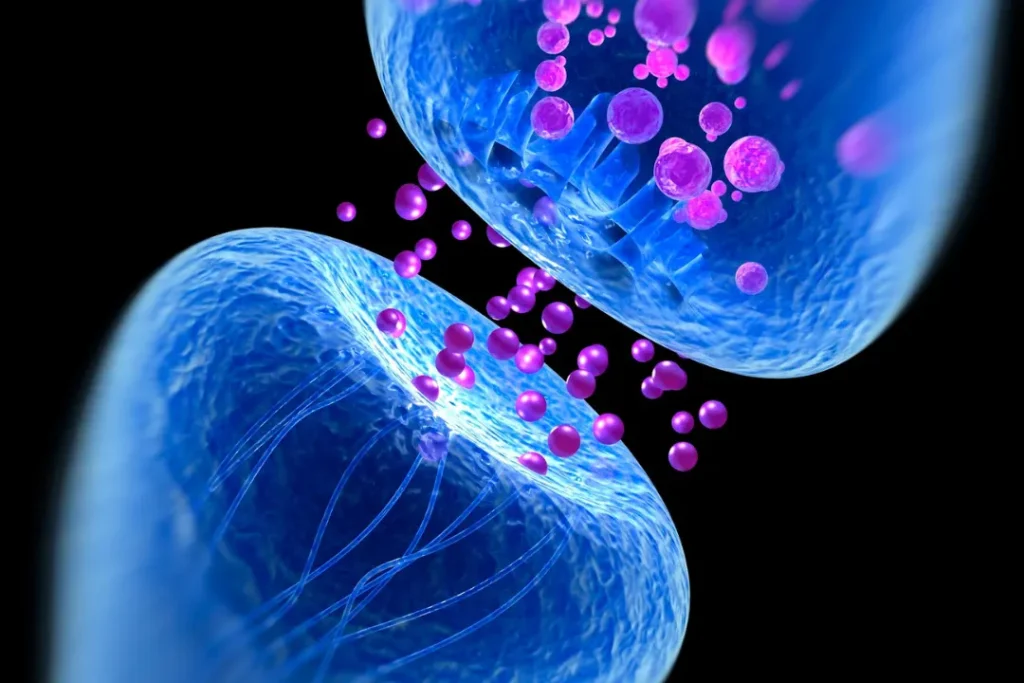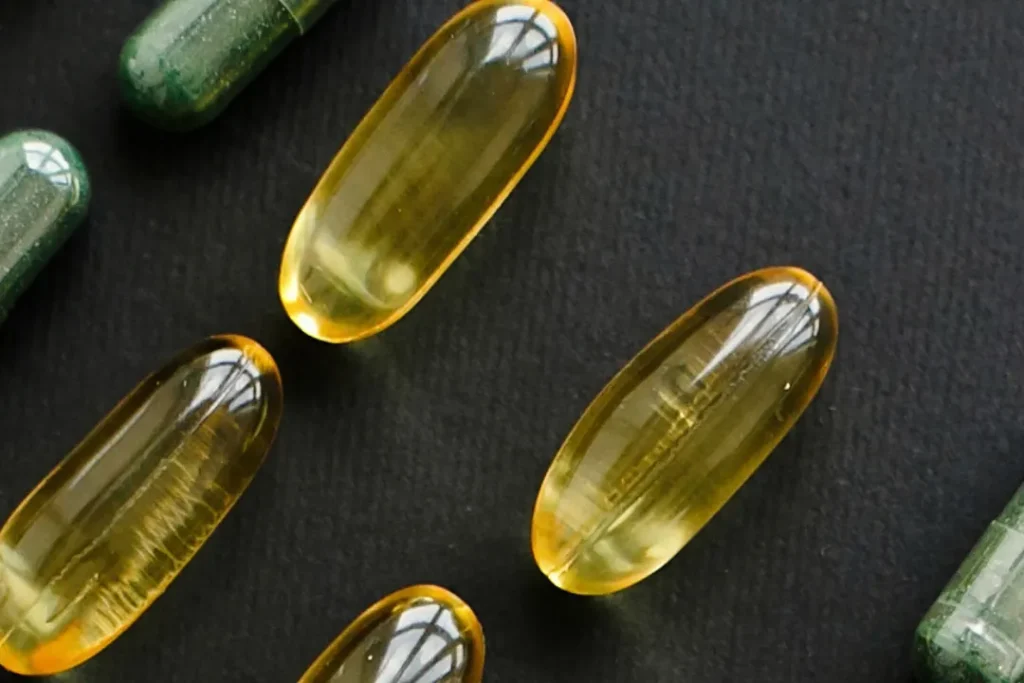With the chemical formula C4H10O2, butanediol (BD) is a colorless, viscous liquid organic molecule. It is one of butanediol’s four stable isomers. BD is mostly used in the manufacture of elastic fibers, solvents, and plastics. However, there has been significant interest in the possibility of BD as a dietary supplement, notably because of its possible function for manufacturing gamma-aminobutyric acid (GABA). The nature of BD, potential health advantages, ideal dose, side effects, possible drug interactions, and other pertinent facts on its potential usage will all be covered in this article.
You May Also Like:
The Best Supplements for Brain Injury: 5 Top Brands Reviewed
The Best Supplements for Memory and Brain Fog: 5 Top Brands Reviewed
Butanediol: Benefits, Dosage, Side Effects, Drug Interactions, and Other Important Information is an original (NootropicsPlanet) article.
Nature of Butanediol
Four carbon atoms, ten hydrogen atoms, and two oxygen atoms make up the organic compound BD. The first and final carbon atoms of its four-carbon backbone are joined by hydroxyl (-OH) groups, giving the compound its structure. Because of this, BD is classified as a diol, an alcohol with two hydroxyl groups in chemistry.
Both 1,4-butanediol (1,4-BD) and 2,3-butanediol (2,3-BD) are isomeric forms of BD. The carbon atoms that the hydroxyl groups are connected to are indicated by the numbers preceding the name. The structural variation between these isomers is important since it affects the compound’s characteristics and biological consequences.
Health Benefits of Butanediol
Gamma-aminobutyric acid (GABA) is an important inhibitory neurotransmitter in the human brain which has been studied for its possible use as a prodrug. GABA has a role in controlling neuronal excitability and supports several cortical activities, including vision and motor control. The most well-known function of GABA is its capacity to reduce neural excitability, which has the soothing effect of lessening anxiety and terror.
Due to butanediol’s possible metabolism into the powerful gamma-hydroxybutyrate (GHB). It has been proven to produce GABA-like effects in the body. However, since there is a risk of abuse and addiction connected with GHB, the use of BD as a dietary supplement is debatable.

The Chemistry of Butanediol
As mentioned previously, the 1,4 isomer of BD, in particular, has a chemical structure that is made up of a chain of four carbon atoms with hydroxyl groups (-OH) connected to both the first and fourth carbon atoms. BD is a diol with two functional groups and the chemical structure is C4H10O2.
Due to its distinctive chemical characteristics, BD is a versatile substance in the industrial field. It is used to make a variety of polymers, including polyester and polyurethane. It is also an excellent choice for polymerization operations with the help of two hydroxyl groups where it may function as a monomer and join with other molecules to create a bigger and more intricate structure.
Physiological Mechanisms of Action of Butanediol
When consumed, BD undergoes two main enzymatic processes in the liver before being converted to its isomer 1,4-BD. First, alcohol dehydrogenase converts 1,4-BD into gamma-hydroxybutyraldehyde (GHBA) by oxidizing it. The subsequent oxidation of GHBA by aldehyde dehydrogenase results in gamma-hydroxybutyrate (GHB). In the context of BD’s interactions with alcohol, this metabolic pathway has similarities with the metabolism of ethanol.
The modulation of neuronal excitability depends heavily on this receptor, which is extensively distributed in the brain. Neurons become hyperpolarized as a consequence of GHB activating GABA-B receptors. This result contributes to the general inhibition of the central nervous system.
Numerous neurological and psychological situations are affected by this physiological system. Epilepsy, anxiety, and sleeplessness are all illnesses linked to the GABAergic system. As a result, drugs like BD that affect this mechanism could have therapeutic advantages. However, because of the serious side effects and risk of abuse connected with BD and GHB, care is advised.
It’s also important to keep in mind that BD could work in the body via other, less-known processes. There may be significant developments in our knowledge of biochemistry and neurobiology as well as the consequences of BD on human health. However, until then, due to possible hazards and insufficient understanding of its effects, usage of it should be treated with care.


Optimal Dosage of Butanediol
It is difficult to determine the ideal dose of BD for human ingestion. The use of BD is often linked to possible health hazards since it is not generally acknowledged as a dietary supplement. As a result, there are no doses for BD that are formally advised. Its usage should only be undertaken with the advice of a healthcare practitioner and with the utmost caution.
Side Effects of Butanediol
Most of the negative effects of BD, especially 1,4-BD, are dose-dependent, significant, or even deadly. These symptoms include nausea, fatigue, vertigo, unconsciousness, and respiratory depression. Similar to the withdrawal symptoms seen from alcohol and benzodiazepines, it has also been connected to physical dependency.
BD may also have a significant impact on the central nervous system. Memory loss, hallucinations, and even convulsions may result from high dosages. Additionally, using BD has sometimes led to comas or fatalities, especially when combined with other drugs like alcohol.


Potential Substance Interactions with Butanediol
BD may have harmful interactions with other drugs. The interaction of BD with alcohol is a major worry since it may cause central nervous system depression, decreased motor function, and possibly fatal respiratory depression.
Benzodiazepines, barbiturates, and other sedatives, as well as other drugs that have an impact on the GABAergic system, may interact with BD. The effects of both BD and the medicines may be amplified by these interactions, increasing the possibility of serious adverse effects. As a result, those who are on any of these drugs need to refrain from utilizing BD.
Responsible Use and Regulations of Butanediol
The careful use of BD is crucial because of the risk of abuse and the severity of probable negative effects. Most nations do not formally recognize this substance as a dietary supplement, and its unrestricted use is highly advised against. Due to butanediol’s possible conversion to GHB in the body, BD is controlled in many places, including the United States and the European Union, and its sale for human consumption is prohibited.
However, it is essential to rigorously follow the recommendations made by healthcare specialists in situations where the use of BD is allowed or unregulated. Users need to be thoroughly informed of all dangers, potential adverse effects, and any drug interactions. Due to the increased potential of side effects, those with neurological diseases, drug abuse histories, or those taking medicines that influence the central nervous system should stay away from BD.


Butanediol:
Conclusion
Butanediol (BD) is a colorless, viscous liquid organic molecule often used in the manufacture of solvents and plastic. It is not a conventionally known supplement, however, recent research elucidates the potential of butanediol as a dietary supplement. This compound has been studied to be converted and used as gamma-hydroxybutyrate (GHB) which is believed to have similar effects as gamma-aminobutyric acid (GABA). GABA is a pivotal neurotransmitter that controls and supports important cortical functions.
However, due to the instability of GHB and some ethical issues related to potential addiction, extensive research needs to be done for it to be fully introduced as a dietary supplement. Regulations for these supplements need to be strict to prevent people from abusing them and using them for recreational context.
References:
- The Molecular Structure of 1,4-Butanediol. Retrieved From: https://pubchem.ncbi.nlm.nih.gov/compound/1_4-Butanediol
- Developed and Emerging 1,4-Butanediol Commercial Production Strategies: Forecasting The Current Status and Future Possibility. Retrieved from: https://pubmed.ncbi.nlm.nih.gov/37286203/#:~:text=1%2C4%2DBDO%20is%20used,personal%20care%20and%20pharmaceutical%20uses.
- Central Effects of 1,4-Butanediol are Mediated by GABA(B) Receptors via Its Conversion into Gamma-Hydroxybutyric Acid. Retrieved from: https://pubmed.ncbi.nlm.nih.gov/12063087/
Important Note: The information contained in this article is for general informational purposes only, and should not be construed as health or medical advice, nor is it intended to diagnose, prevent, treat, or cure any disease or health condition. Before embarking on any diet, fitness regimen, or program of nutritional supplementation, it is advisable to consult your healthcare professional in order to determine its safety and probable efficacy in terms of your individual state of health.
Regarding Nutritional Supplements Or Other Non-Prescription Health Products: If any nutritional supplements or other non-prescription health products are mentioned in the foregoing article, any claims or statements made about them have not been evaluated by the U.S. Food and Drug Administration, and such nutritional supplements or other health products are not intended to diagnose, treat, cure, or prevent any disease.
